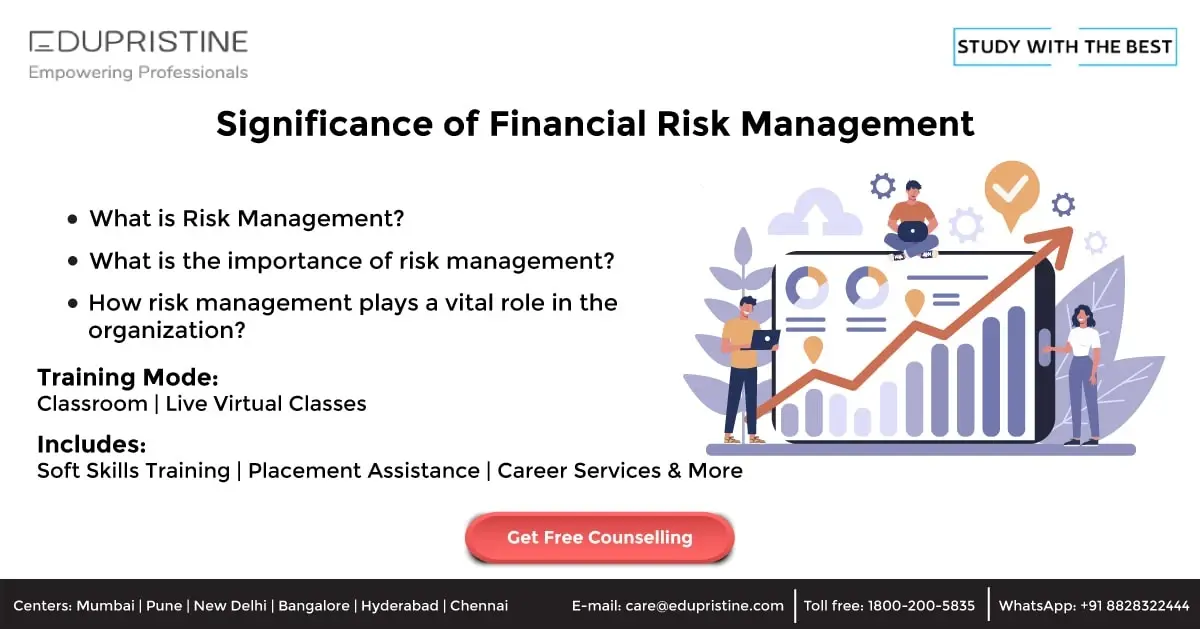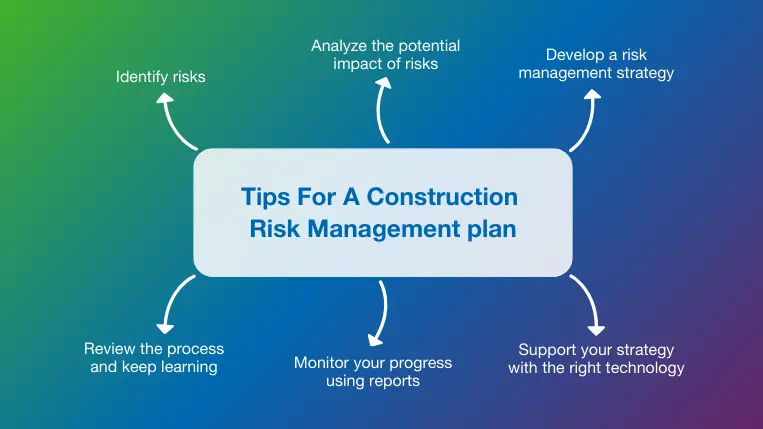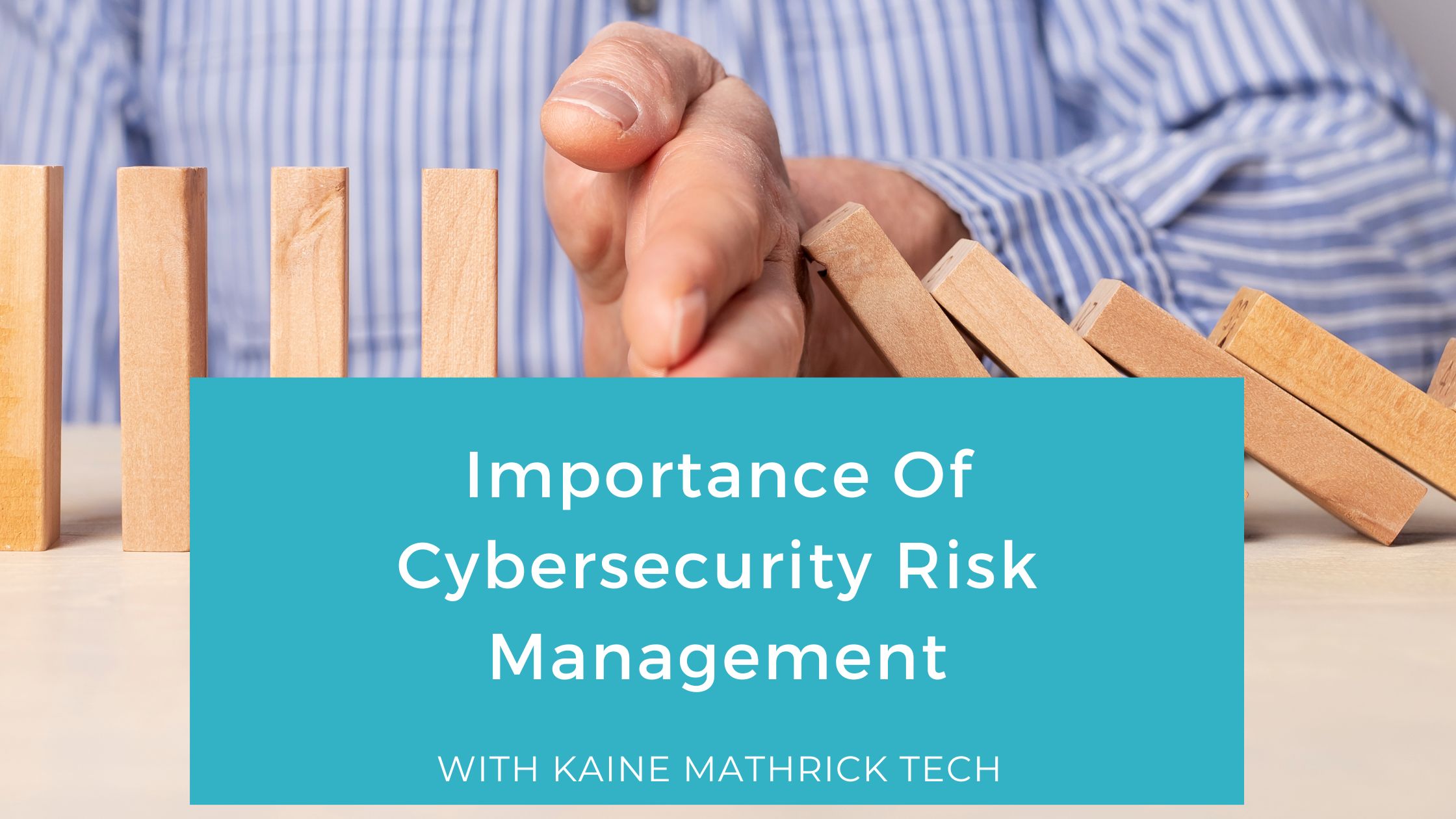Understanding the Value of Risk Management in Modern Business Practices
Understanding the Value of Risk Management in Modern Business Practices
Blog Article
Discovering the Relevance of Risk Management for Effective Decision-Making Strategies
In the complex globe of company, Risk Management emerges as a crucial factor in the decision-making procedure. The capacity to recognize prospective hazards and opportunities, and plan as necessary, can mean the difference in between success and failure.
Comprehending the Idea of Risk Management
Risk Management, a critical part in decision-making, is commonly misunderstood or oversimplified. Risk Management involves structured and self-displined approaches, using data and informative evaluations. From monetary uncertainties, lawful liabilities, tactical Management errors, to mishaps and natural calamities, it attends to numerous risks - importance of risk management.
The Role of Risk Management in Decision-Making Processes
In the realm of strategic planning and company operations, Risk Management plays an essential role in decision-making processes. Risk Management hence comes to be a vital tool in decision-making, helping leaders to make educated options based on a detailed understanding of the dangers included. Risk Management offers as a crucial element in the decision-making procedures of any organization.

Just How Risk Management Improves Strategic Planning
In the context of tactical preparation, Risk Management plays a pivotal duty. Starting with the recognition of possible risks, it additionally prolongs to the implementation of Risk reduction measures. The function of Risk Management is not fixed yet vibrant, as it demands consistent surveillance and adjusting of methods.
Determining Potential Threats

Applying Risk Reduction
Risk reduction methods can vary from Risk avoidance, Risk transfer, to take the chance of reduction. Each technique ought to be customized to the certain Risk, considering its possible impact and the company's Risk resistance. Reliable Risk reduction calls for a deep understanding of the Risk landscape and the potential effect of each Risk.
Tracking and Adjusting Methods
Though Risk reduction is a crucial step in critical planning, continuous tracking and modification of these approaches is equally vital. This ongoing procedure allows companies to identify brand-new threats and reassess existing ones, guaranteeing the implemented techniques remain effective in the ever-changing company atmosphere. It likewise provides a possibility to evaluate the success of the Risk Management steps, permitting changes to be made where hop over to here needed, more boosting strategic planning. Reliable surveillance and adjustment require making use of analytics and essential efficiency indicators (KPIs) to determine efficiency. These devices supply important data-driven understandings that can inform strategic decision-making. Therefore, monitoring and changing Risk Management approaches is a vital part for boosting an organization's resilience and critical planning.
Instance Researches: Successful Risk Management and Decision-Making
In the globe of organization and financing, successful Risk Management and decision-making typically serve as the columns of thriving find out here now ventures. These instances highlight the worth of astute Risk Management in decision-making procedures. These instances highlight the important duty of Risk Management in strategic decision-making.
Tools and Techniques for Efficient Risk Management
Browsing the elaborate maze of Risk Management needs the right collection of tools and methods. These devices, such as Risk registers and heat maps, help in recognizing and analyzing potential dangers. Techniques include both measurable approaches, like level of sensitivity evaluation, and qualitative techniques, such as SWOT evaluation. These aid in prioritizing risks based on their prospective effect and chance. Risk response methods, a key part of Risk Management, involve accepting, preventing, transferring, or mitigating dangers. Monitoring and managing risks, with regular audits and reviews, ensure that the strategies continue to be effective. With these techniques and tools, decision-makers can browse the complicated landscape of Risk Management, therefore assisting in notified and efficient decision-making.
Future Trends in Risk Management and Decision-Making Approaches
As we discover the substantial landscape of Risk Management, it comes to be noticeable that the methods and tools made use of today will proceed to evolve. Future patterns point in the direction of a raised dependence on innovation, with expert system and artificial intelligence playing considerable functions. These technologies will certainly allow organizations to forecast prospective risks with better precision and make even more educated decisions. Furthermore, there will be an expanding emphasis on strength, not simply in managing threats however also in recovering from adverse scenarios. The idea of Risk society, where every member of an organization is aware and entailed in Risk Management, will gain a lot more prominence. These patterns herald an even more comprehensive and positive strategy towards Risk Management and decision-making.
Final thought

Risk Management therefore ends up being an important device in decision-making, aiding leaders to make educated options based on an extensive understanding of the risks entailed. Risk mitigation approaches can vary from Risk evasion, Risk transfer, to run the risk of decrease (importance of risk management). Reliable Risk reduction calls for a deep understanding of the Risk landscape and the possible effect of each Risk. Risk reaction strategies, a vital element of Risk Management, involve accepting, staying clear of, transferring, or mitigating threats. The idea of Risk society, where every member of a company is aware and entailed in Risk Management, will obtain a lot more importance
Report this page